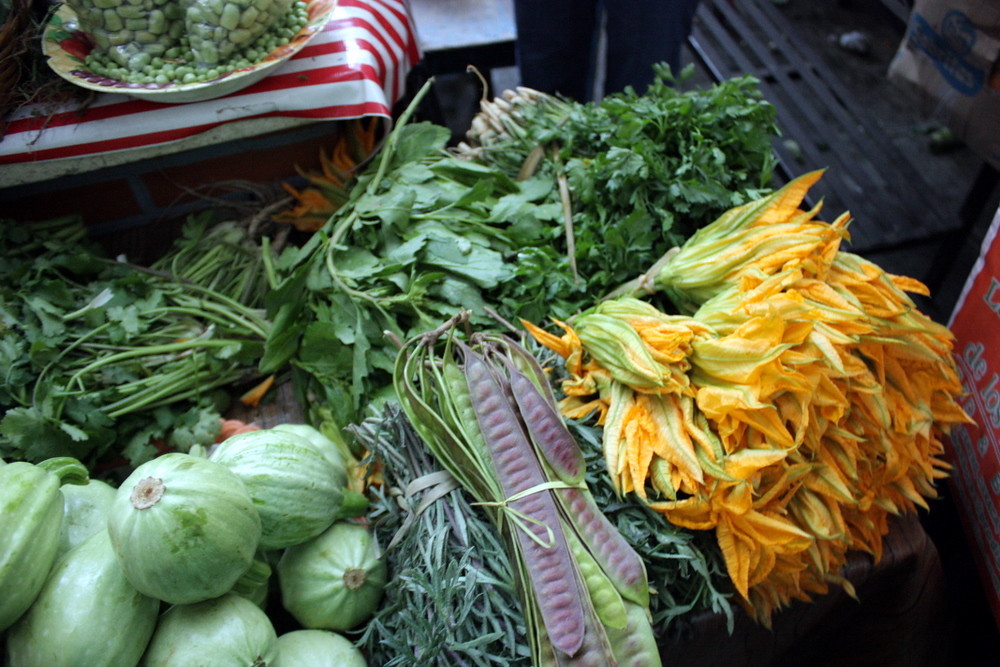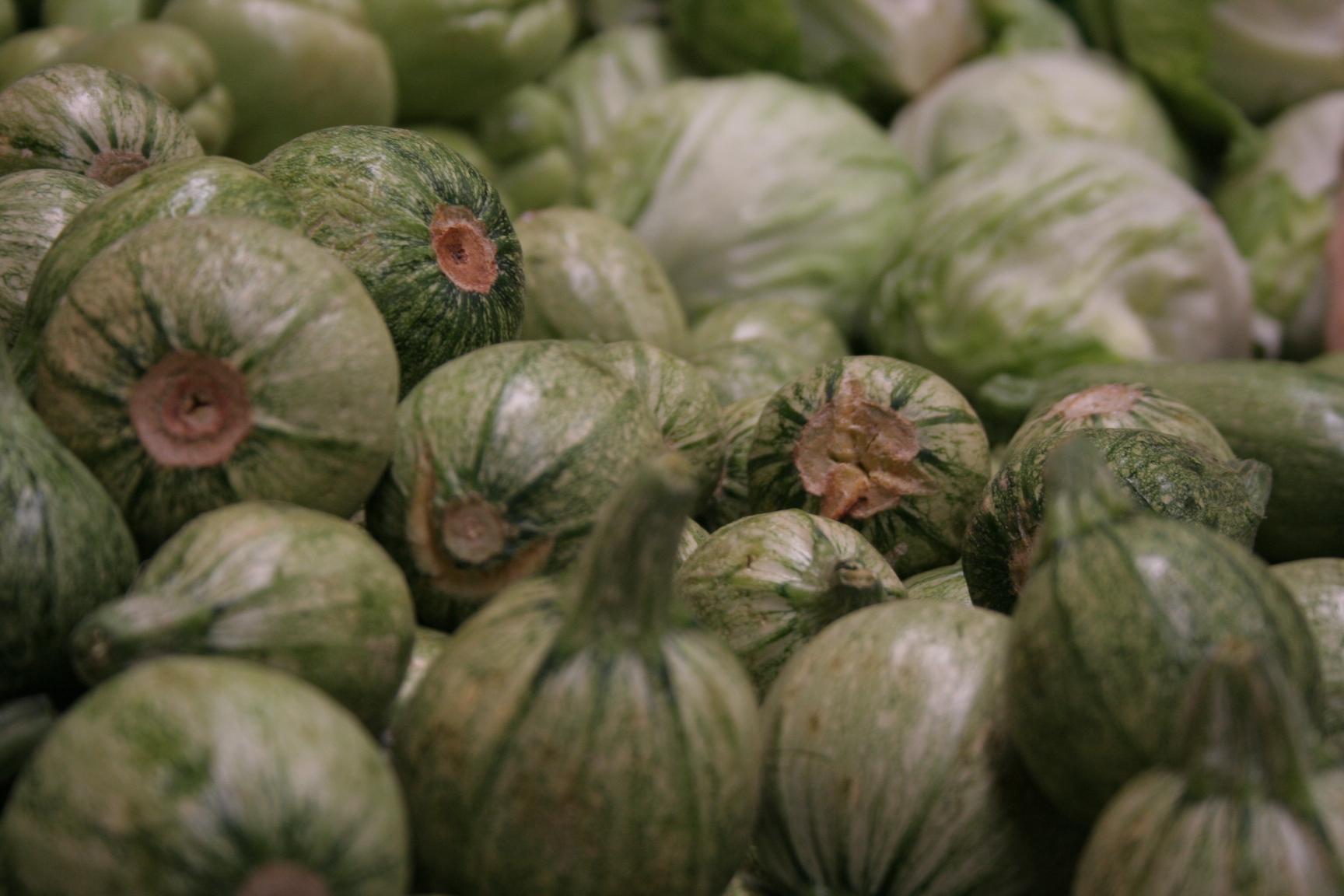Essay and Recipe by Esther Cantu
The First Time I Cooked Calabaza con Elote

On Friday, August 29, 2013, my mother Josephine broke the news. She could no longer cook for us on Saturdays.
She’d been doing it for more than two decades, because she took great pride in her cooking. My older sister nicknamed her Pepa (Hispanic men named Joe or Joseph are often called Pepe), and mom enjoyed being in charge. But now, my 96-year-old mother was complaining about her arthritis and that she didn’t enjoy being in the kitchen as much.
Before retiring in 1987, she’d worked as a nurse at a number of hospitals in San Antonio, Texas, mostly the second shift from 3 p.m. to 11 p.m. On holidays when she had to work, she usually ate at my grandmother’s house. So, when she retired at age seventy, Pepa decided to cook for us every Saturday. It became a tradition, spending Saturdays with Mom, writing up her customers’ Avon orders or packaging them, then having lunch. She’d serve us meat loaf; picadillo and potatoes; and, in winter, her wonderful beef and vegetable soup. Often it was just my husband David and me, but occasionally my two sisters joined us.
These were wonderful times, and I hated the thought of seeing them go. When I went home that Friday, I brooded about how much more time I’d be spending in the kitchen now, taking on the Saturday family meals. Cooking was not my favorite pastime. Still, later that evening, as she’d taught me, I cleaned the pinto beans and left them to soak overnight.
The following day—Saturday—I got up early. I placed the beans in the crock pot and poured myself a cup of coffee. I turned on music by Rocío Dúrcal and sat for a minute. Since I’d never cooked much, I didn’t want to start, but I knew I had to do this for my mother.
I finished my coffee, turned off the music, and proceeded to prepare the meal. I had decided to make one of her favorites: calabaza con elote (Mexican green squash and corn). It’s often prepared with pork, but Mom preferred sirloin steak.
I started by chopping a piece of sirloin into small pieces so it would cook faster and she wouldn’t have trouble chewing it. I put in the meat to cook, and almost immediately, the pan sizzled, breaking the silence.
Using my sharpest knife, I chopped up a ripe, juicy tomato and two fresh green onions, then set them aside. The onions made my eyes water. I cut up the squash and shaved kernels from the corn. The corn’s sweet smell made up for the onion smell. I opened a can of tomato sauce and cleaned the can opener, putting it back in its place.
As the meat and the squash were cooking, I proceeded to make the rice. I sautéed it, watching it go from white to soft brown, before adding some of the chopped tomato, onion, and sauce. Next, I added salt, black pepper, and garlic salt—and began sneezing when the pepper reached my nostrils.
I thought I heard a faint “bless you” from somewhere in the kitchen, but it was probably the slow cooker telling me the beans needed water.
I checked the squash to see if it was cooked. I couldn’t help thinking of its life cycle—how easily it went from growing, to being cut, to cooked and finally eaten. As people, we go through a cycle, too. We are born, nurtured, and cared for by our parents. Later in life, we care for them.
Pretty soon, the rice was on its way, and I began to add the rest of the ingredients to the meat. After the tomato, onion, corn, and squash, I put in a small amount of flour to thicken the sauce.
When everything was ready, my husband tasted the mix and said we were good to go. We poured the calabaza con elote into containers, and then placed them in a box to take to Pepa’s house. Now, we could continue the tradition by having Saturday lunch there.
My kitchen was fragrant with the smells of the food I’d prepared. I, who had never prepared a Mexican meal, had learned quickly. I also felt confident that I’d be able to continue the tradition. I couldn’t help wondering how David felt about this change after 47 years of simple meals and sandwiches. Then I found out.
As we were leaving to go to my mother’s house, he said, “I like this new twist of Saturday meals at Pepa’s house. I’m proud of you and know she will be, too.”
Secretly, I felt pretty proud myself.
Pepa’s Calabaza con Elote
Ingredients
 1½ pounds of sirloin steak, chopped in small cubes
1½ pounds of sirloin steak, chopped in small cubes
1 fresh tomato, chopped
2 green onions, chopped
3 ears of fresh corn, shaved
3 calabaza squash, chopped into small cubes with ends removed
1 tablespoon corn oil
1 tablespoon white flour
1 small can tomato sauce
Salt, black pepper, and garlic salt to taste
2 cups of water
Directions
Brown meat in cooking oil. Add tomato, onions, squash, corn, tomato sauce, a cup of water, and stir. Add spices and stir. After the meat and veggies are cooked, add flour and more water, if needed. Stir and cook for an additional ten minutes.
Pepa always served this dish with stewed pinto beans and rice. When you’re making the rice, you can also add some of the sautéed vegetables to give it more flavor.
Art Information
- “Mercado Merced Squash Blossoms and More” © Krista Garcia; Creative Commons license.
- “Calabazas” © Chris; Creative Commons license.
 Esther Cantu went into civil service with the Air Force for almost thirty years, then worked for several Texas nonprofits for another 25 years. After retiring, she joined a writing class for seniors and has been writing memoir and poetry. When her mother passed away in 2015 at the age of 98, she took over her Avon business, which Pepa had enjoyed for close to sixty years.
Esther Cantu went into civil service with the Air Force for almost thirty years, then worked for several Texas nonprofits for another 25 years. After retiring, she joined a writing class for seniors and has been writing memoir and poetry. When her mother passed away in 2015 at the age of 98, she took over her Avon business, which Pepa had enjoyed for close to sixty years.
As Esther recently told TW:
Mom always left chores for my siblings and me before she left for work, but cooking was not one of them. That was her job! That suited me just fine, because I had no interest in cooking. But I enjoyed studying and was a good student.
